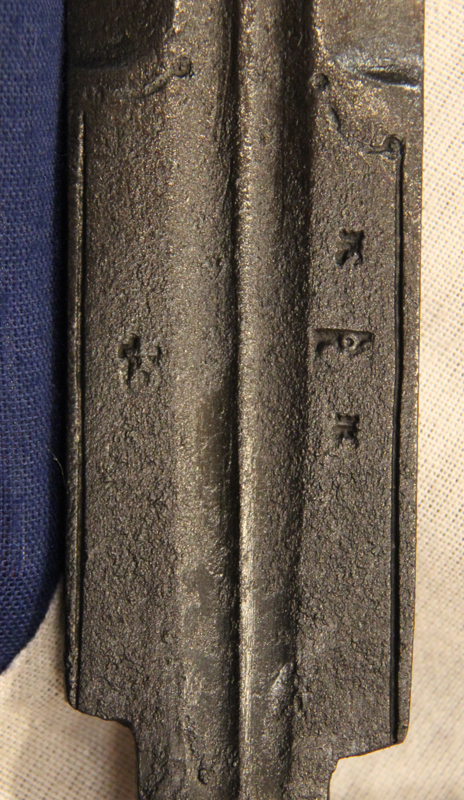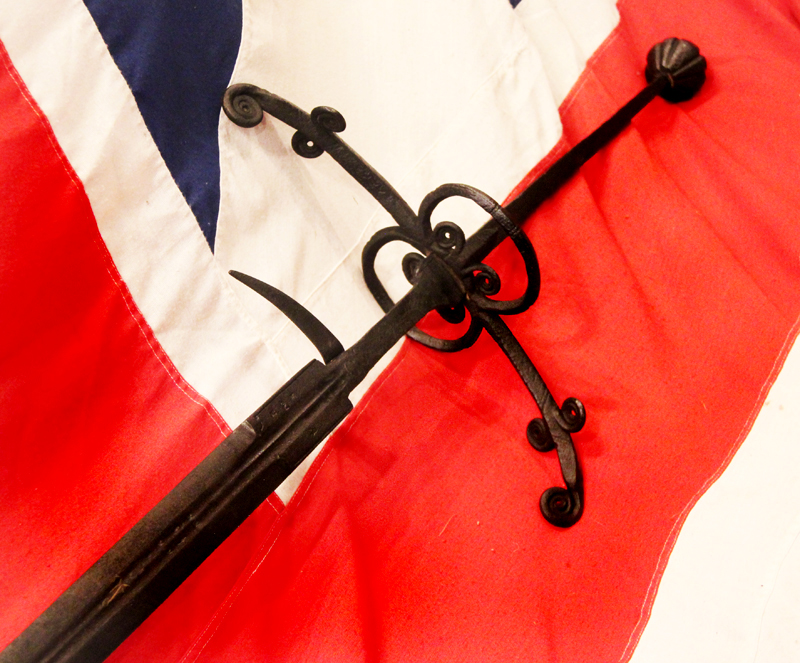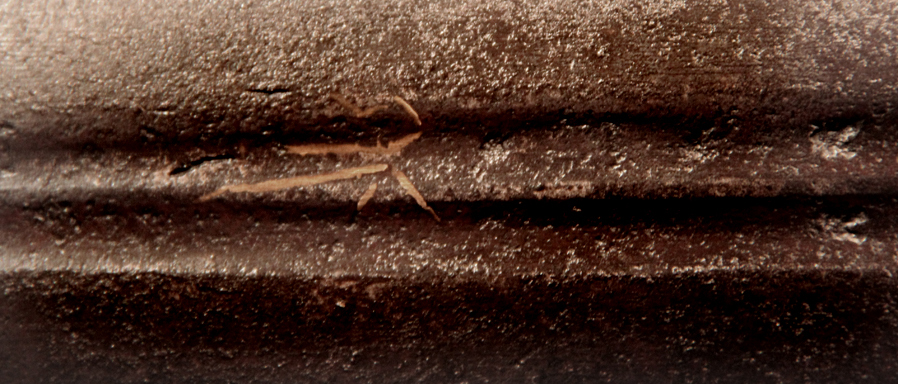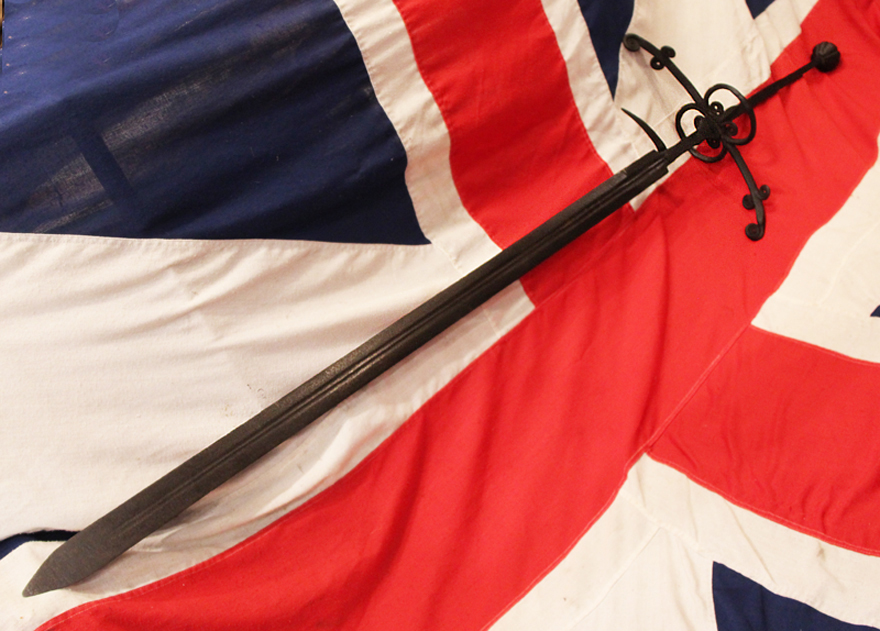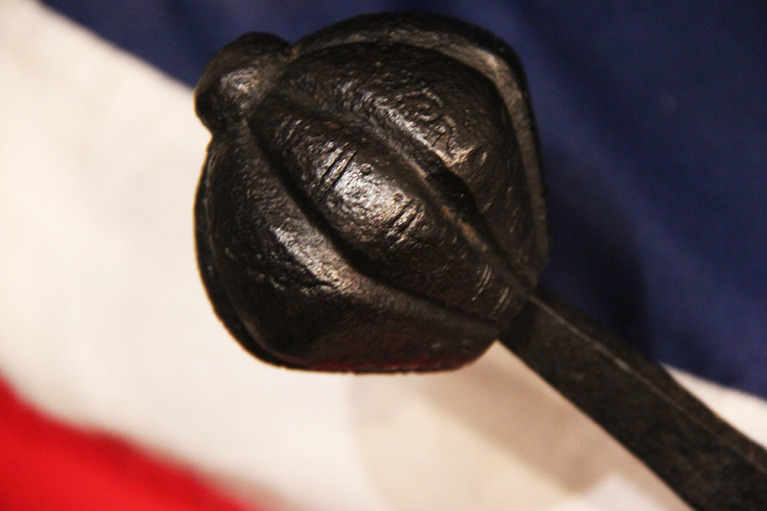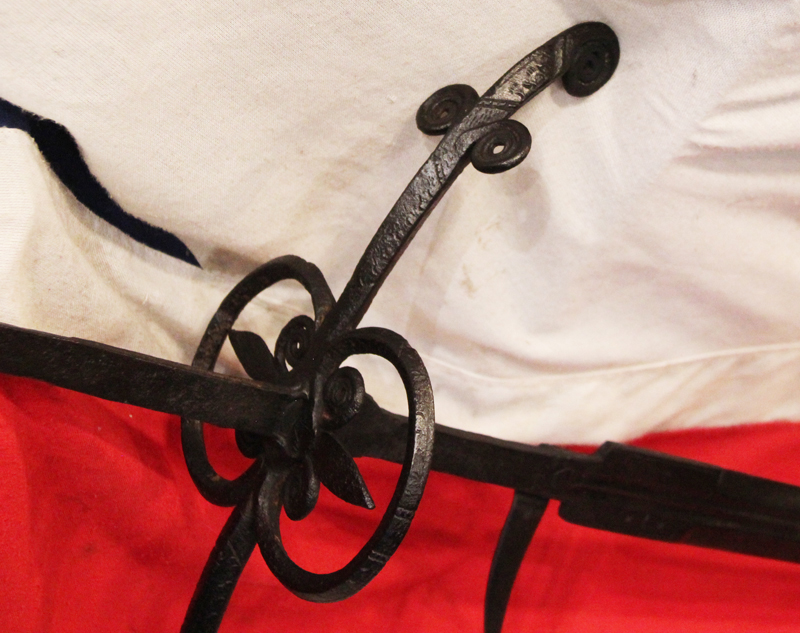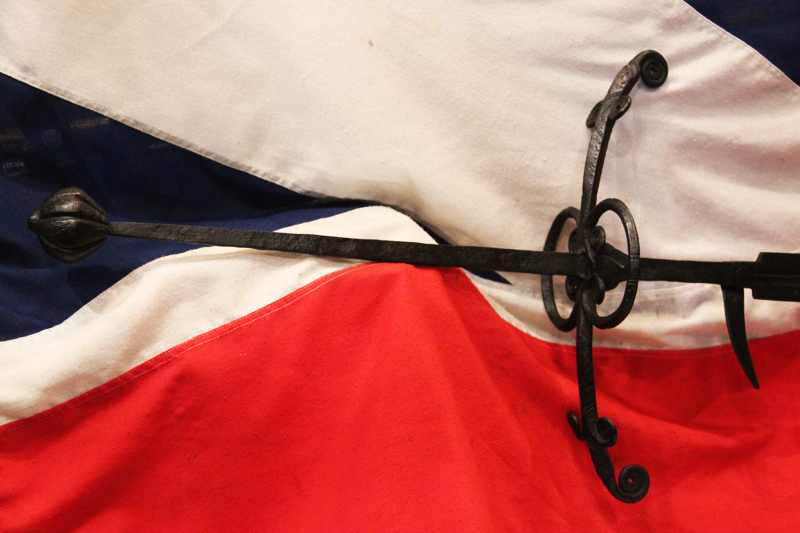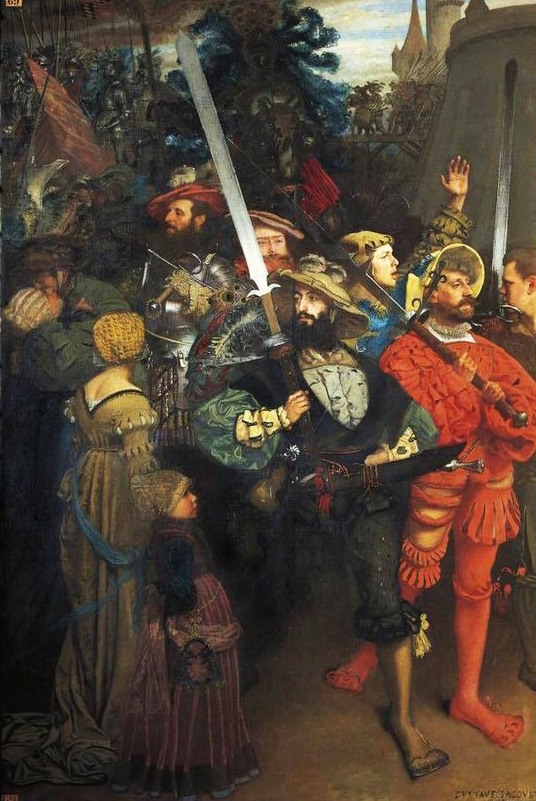A Wonderful, Original, German 'Zweihander' Great Sword, 16th Century. Probably The Most Impressive And Largest Sword Ever Used in Historic Warfare. Following the Form of Sword Made Famous By The Scots in The Time Of Sir William Wallace
This Spectacular Original Great Sword, just a half inch under six feet long, is a simply stunning original antique artefact of history, that is also a remarkable 'statement' piece. It is taller than the average man, and worthy of a primary display position in any noteworthy location, wether albeit in a castle, an armoury, museum or a private home, this piece displays its dramatic form with grandeur and nobility alongside great beauty.
We consider ourselves very lucky indeed if we are able to acquire such a fabulous type of sword available on the collectors market today
Around 500 years old, this ‘Great Sword’ is a later example of their earliest most famous appearance in the great wars in Scotland against the English, during the reign of Edward Ist, the principle of the original design and use of the ‘Great Sword’ remained the same for around 300 years.
Effectively it is the weapon of the so called ‘berserker’ warrior, who was skilled at running full pelt at the enemy positions, with the spinning great sword rotating above his head, terrifyingly clearing a way through defensive pikemen and the such, in order for the offensive charge of his fellow infantry and cavalry warriors behind him to breakthrough the defensive enemies ranks.
This is a most incredible and stunningly beautiful example of its type, with a long early straight double-edged blade, tapering to a sharp point and formed with a pair of near full length fullers on each face, struck with a brass inlaid running wolf mark on one face (with small hairlines and overall a natural russetted surface) rectangular ricasso with engraved border, struck with a series of armourers' marks on each side including a Pi and cross and orb, and crowned head with running wolf in gold. The armourer’s mark representing the blade work of Johannes Wundes, and all of these armourers marks are indicative of his fine work. The sword is fitted with a later crescentic defensive hooked, iron cross-guard, comprising pair of drooping quillons with tightly scrolling terminals each with an additional lug front and back, formed en suite. An inner and outer ring-guard each filled with a fleur-de-lys, fluted globular pommel, decorated throughout with scrolls, and designed for the Landsknecht Mercenary Foot Knights, for use as a hugely effective, offensive sword, and, as we previously described, swung around the head in a fast rotational movement [in essence, just like a helicopter blade] to create a twelve foot circle of terror and destruction.
An experienced Landsknecht warrior could be designated a Doppelsoldner, an armoured foot soldier who served as the backbone for the armed formation in battle (and was paid double for it) and also, in addition to being armed with the pike, as more recent recruits, they could also be alternatively employed wielding a 6-to-8-foot-long (1.8 to 2.4 m) halberd or partisan, or, more famously, a Zweihander (literally: "Two-hander") such as this sword, a two-handed sword as long as 180 cm (6 ft). These great war swords could be swung in a great circular arc [somewhat akin to a helicopter motion] and thus, incredibly effectively, used to knock the forward pointed long pikes, held by enemy pikemen, aside, that were wielded by a phalanx of pikemen, thus creating disorder among the tightly-arranged enemy pikemen in order to break through their lines.
However, another primary use of the two-handed sword, would be to serve as the 'guard' for the standard bearer, for it is a weapon that allows for a few to oppose many.
The Swiss adversaries to the Landsknechts had specifically attempted to prohibit the use of these swords during the late 15th century, as they deemed them unsuitable for the constricted manner of pike warfare.
The handle grip, is now in appearance, showing just the narrow all steel blade tang, but, would originally been leather bound, over partial wood, and leathered right down to the cutting edge of the blade. The original leather and wooden grip would never survive intact for 500 years, being organic it has little ability to last for so many centuries.
52 1/8 in blade, 71.5 inches long overall
Code: 21508
9500.00 GBP



